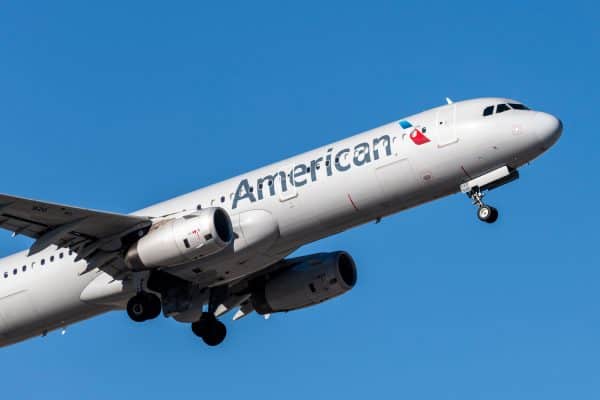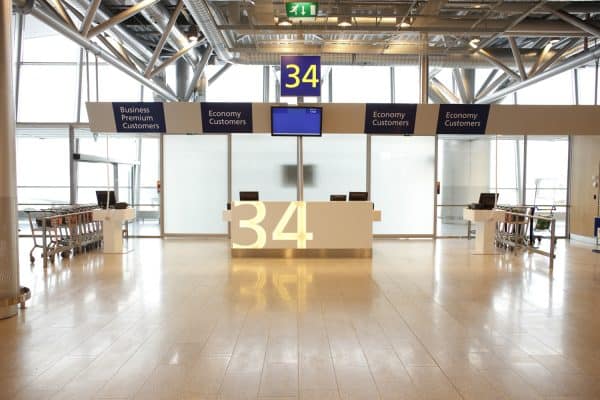When packing during travels, one of the things most passengers worry about is the weight of their bags. You've probably wondered if carry-on bags are weighed prior to boarding and fortunately, we've done our research on this! We'll be sharing with you important information you need to know about your carry-on bags.
Most airlines do not list a weight restriction on carry-on bags, provided that passengers follow the size dimensions for hand-carried items. However, some airlines may impose weight limits on carry-on bags. Depending on the airline, you might have to get your carry-on bags weighed if stated by policies.
The weight of carry-on bags varies depending on the airline and this can make packing a little difficult. Fortunately, we will be listing down the most common carry-on policies you will encounter. Keep reading because we'll also share some tips you might need when packing your bags for your trip.
![Hands laying down a carry-on baggage on an upper shelf - Are Carry-On Bags Weighed [Do Airlines Actually Weigh Them]](https://apttraveler.com/wp-content/uploads/2022/07/Hands-laying-down-a-carry-on-baggage-on-an-upper-shelf-Are-Carry-On-Bags-Weighed-Do-Airlines-Actually-Weigh-Them-1200x800.png)
Are Carry-On Bags Weighed?
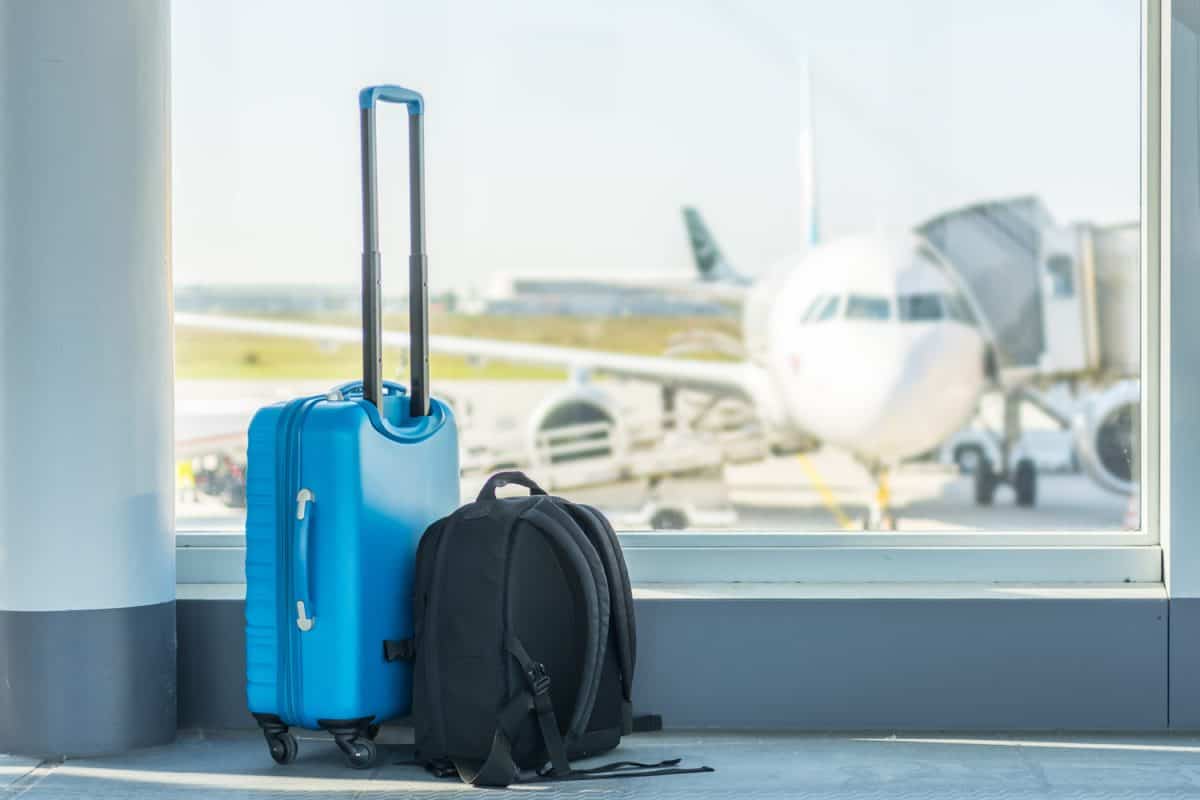
Packing for a vacation isn't as simple as putting all the things you want inside your suitcase. With airlines, there are certain weight restrictions that everyone must follow. This allows passengers to have an equal opportunity to bring the items they need for their trip.
One of the most commonly asked questions about packing for travel is carry-on restrictions. Most airlines have size restrictions for carry-ons, but not all of them list a weight limit. For those that do, people often wonder, do airlines actually weigh them?
The answer to this question is yes, airlines do weigh them, but not all the time. On most occasions, airlines will allow passengers to bring in their cabin luggage without any issues as long as they fit within the size and weight limits by eye.
Most of the time, airlines do a size check on carry-on luggage rather than weighing it. This is easier and more practical for airlines to do because it is faster than weighing all of the passenger's carry-ons.
However, if ground staff find that your bag might look a little too heavy or too big, they will most likely weigh your carry-on. Smaller aircraft and some international airlines' economy class might be a lot stricter too and they often weigh carry-ons due to cabin policies.
To prevent you and your carry-on from being separated (and having to pay an extra baggage fee,) make sure to adhere to your airline's carry-on requirements. Remember to double check their policies before your flight because some restrictions may change without prior notice.
What Happens If My Carry On Is Too Big Or Heavy?
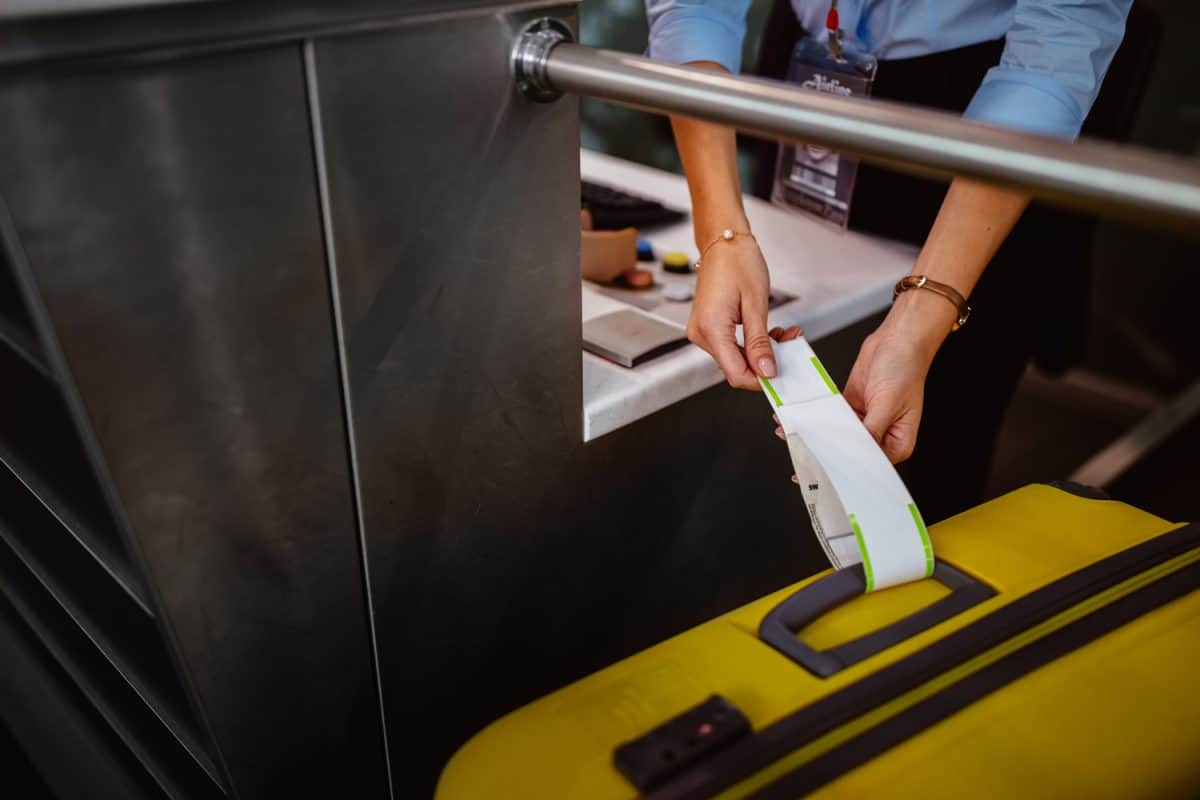
There are times that even our best efforts at keeping the luggage within the size and weight limits can go overboard. Sometimes, you can get away by lightening the load by removing items that are unnecessary. You'll often see passengers unpacking and getting rid of items they don't need at the airport.
However, there are circumstances wherein the items inside the carry-on are very important and cannot be cast aside. If your airline finds that your carry-on is a little too big or too heavy for their hand carry policy, they will most likely ask you to have your bags checked.
Checked bags means that your luggage will be stowed away with the rest of the plane's cargo. Do keep in mind that carry-on luggage that is required to be checked is subject to extra fees. In order to avoid these extra fees, make sure that you follow and adhere to the airlines' carry-on restrictions.
Can I Take More Than One Carry-On Bag?
Unfortunately, the answer is no. Most airlines only allow passengers to bring in one carry-on luggage with them on the flight. However, they also typically allow passengers to bring in one personal item, which usually translates to a smaller bag that can hold personal effects for easy reach.
A personal item should measure less than 17 inches inside the bag. These items are usually a purse or a shoulder bag, a laptop bag, a camera bag, or a small backpack that you can carry and safely stow under the seat.
Please check your airlines if they allow a personal item to be carried with you as some economy flights may not allow them. Smaller aircraft might be stricter with this policy, so make sure to check the restrictions beforehand.
What Are The Things I Can Put In A Carry-On?
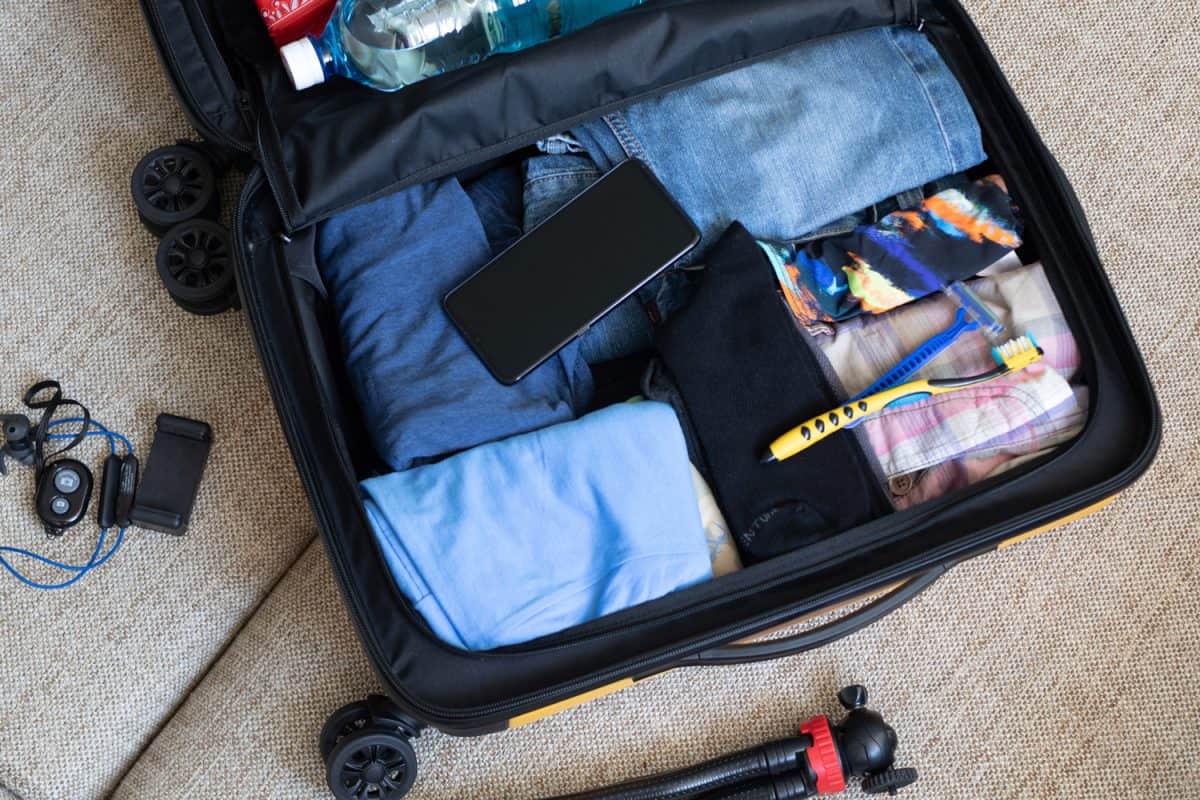
The biggest difference between checked luggage and a carry-on is the restrictions put in place with the things that you can and cannot bring. Carry-ons have size limits even for toiletry items and bag sizes are severely limited.
The TSA has released a complete list of items that you can and cannot bring on your checked and carry-on bags. To make it simpler, we will review common items that can and cannot be brought in a carry-on bag.
Nonflammable Liquids, Gels, and Aerosols
This policy covers food, drink, toiletries, and some medications that you can bring on board. The TSA allows liquid, gels, and aerosols in a carry-on bag as long as it follows the 3-1-1 rule.
This means that each passenger is allowed to bring the aforementioned items that are placed in a 3.4-ounce container inside a quart-sized resealable bag.
Any liquid, gel, or aerosols that go over the 3.4-ounce container limit cannot be placed in a carry-on. This includes items that look like they are less than 3.4 ounces, but they are in a big container. The TSA officers will follow the measurements of your container, and not necessarily the contents.
Safety Matches and Ordinary Lighters
Most airlines will allow passengers to carry a book of safety matches or common cigarette lighters (disposable lighters or Zippo lighters.) However, strike anywhere matches are not allowed on board.
Batteries
Dry packed batteries (AA, AAA, C, and D batteries) are allowed in carry-ons. Loose lithium batteries must be hand carried, and lithium batteries with 100-watt hours or less must be inside a device. This includes power banks and cell phone charging cases.
To learn more about the instructions on carrying batteries on board, check the FAA regulations as posted on their website.
Gifts
Wrapped presents can be carried on board as long as they meet the safety regulations. However, most officers tend to err on the side of caution and unwrap gifts for further inspection. It would be better if you leave the items unwrapped, so just bring some wrapping paper and decorate your gift when you reach your destination.
Medication and Medical Equipment
All solid prescription medication and over-the-counter medicine (pills, tablets, and capsules) can be brought on board in your carry-on bags. However, certain medications like insulin, inhalers, eye drops, injectable medication, medical marijuana, and liquid medication must be declared to the TSA officer upon inspection.
Most medical equipment is also allowed to be brought in carry-ons, but certain external medical devices must be declared beforehand. Be prepared to present medical documentation in case additional screening is required.
Baby Food and Equipment
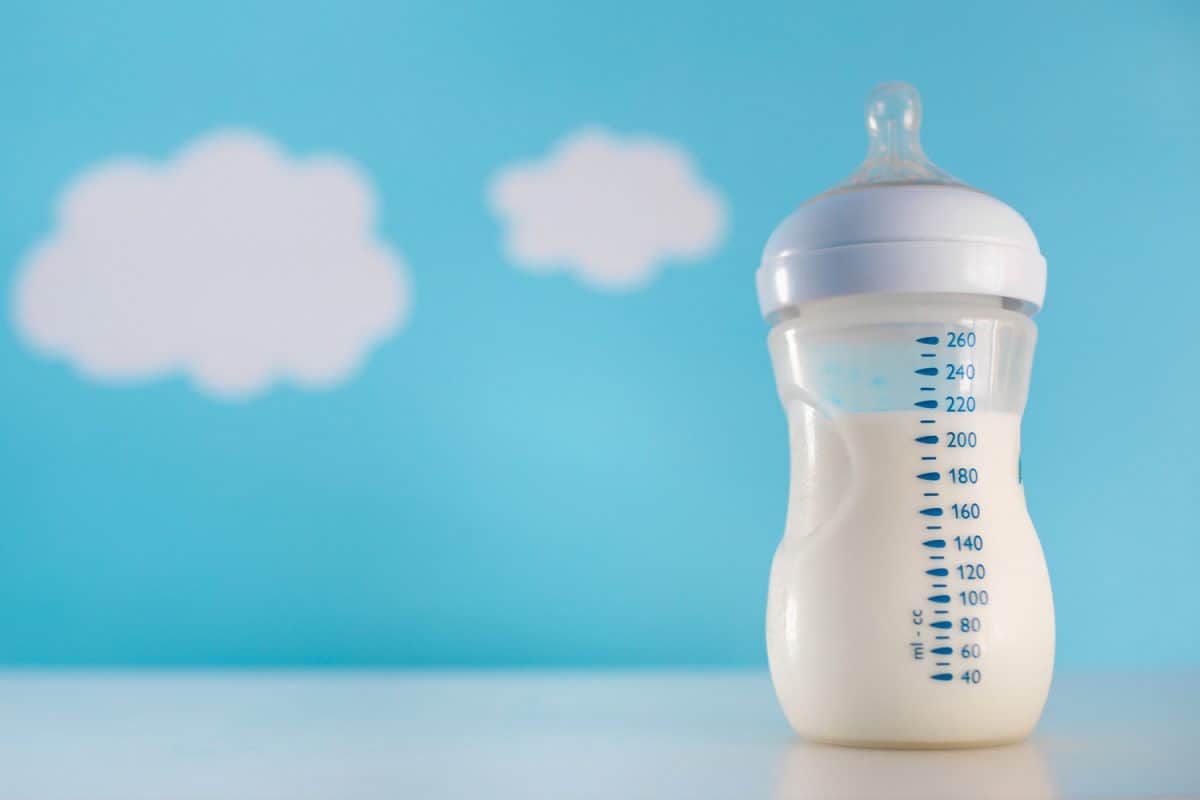
If you are traveling with a small child or an infant, you are allowed to carry breastmilk, baby formula, juice, baby food, and gel- or liquid-filled teethers on board. Ice packs, frozen gel packs, and other cooling aids necessary for breastmilk, formula, or juice storage are also allowed in carry-ons.
For more information about traveling with children, please check the TSA's detailed information posted on their website.
Final Thoughts
Bringing a carry-on is one of the best ways to travel because you can get in and out of the plane without having to wait for your luggage. In order to keep this comfort, make sure that you adhere to your airlines' carry-on restrictions. That way, you won't have to be separated from your bags and you'll be able to go on your trip without any hassles.


